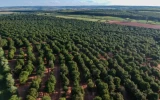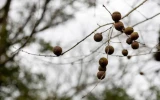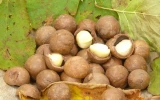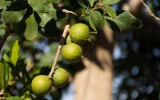Where Do Macadamia Nuts Grow? (With Map)
Macadamia nuts have an exotic heritage, originating from the northeastern regions of Australia. These nuts were an integral part of the diet and culture of the Aboriginal communities long before the western world discovered them. The name 'macadamia' was coined by Ferdinand von Mueller, a European botanist, in honor of his colleague, Dr. John Macadam.
Macadamia trees grow best in subtropical climates with adequate rainfall, well-drained soils, and protection from strong winds, with ideal temperature ranging between 10°C and 30°C (50°F to 85°F). Aside from Australia, other key producers include South Africa, Kenya, and the United States, particularly in Hawaii.
Frost can be detrimental to macadamia trees. They can struggle in regions with extreme cold or lack of rainfall. A map below highlights the specific regions where these trees thrive, showing a fascinating journey from tree to your snack bowl.
Knowing the major macadamia growing regions can help determine the best location and conditions for starting a new macadamia farm.
Summary
- Macadamia trees flourish in temperatures ranging between 10°C and 30°C (50°F to 85°F). They are sensitive to frost and extreme heat.
- They require adequate rainfall, typically between 1,000 to 2,000 mm annually. However, they don't tolerate waterlogged.
- They thrive in fertile, well-drained soils with a pH between 5 and 6.5. Soil quality significantly affects nut quality and yield.
- Macadamias are vulnerable to strong winds; therefore, windbreaks or sheltered locations are beneficial.
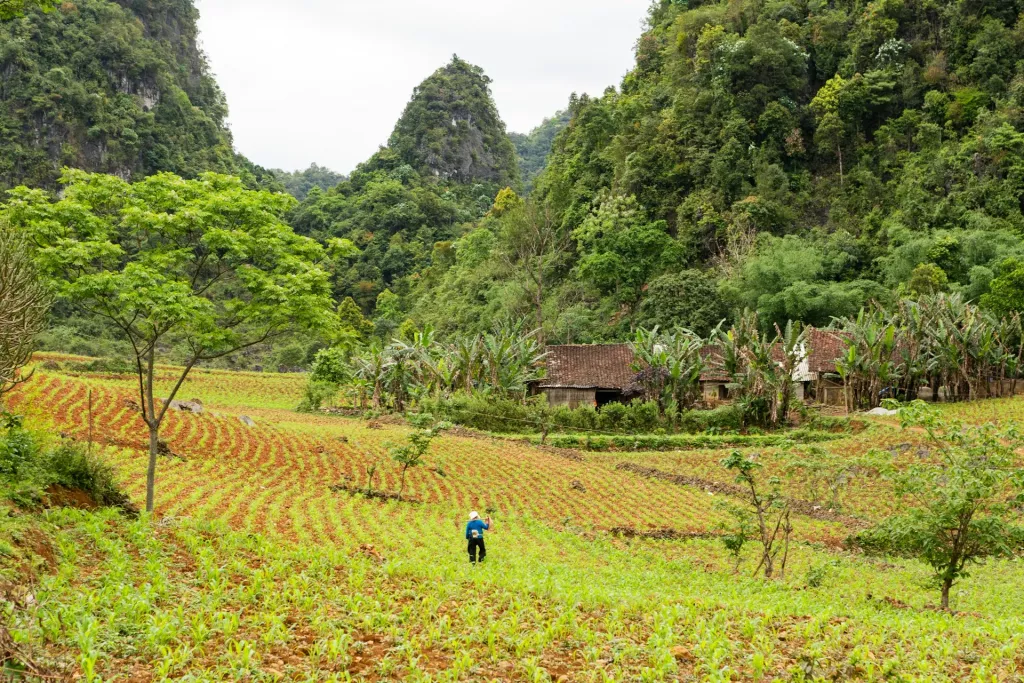
Major Producing Regions
Macadamia nuts are primarily grown in Australia, which is the largest producer. From the rainforests of Australia, macadamia nuts embarked on a global journey.
The late 19th and early 20th centuries saw these nuts being introduced to other parts of the world. Hawaii, known for its ideal tropical climate, became a significant growing region. The nut's popularity and commercial cultivation spread to other countries like South Africa, Kenya, and Latin America, particularly Brazil and Guatemala.
Here is a detailed world map showcasing the key macadamia-growing areas around the world. This map highlights Australia (with specific emphasis on New South Wales and Queensland), Hawaii (as part of the USA), South Africa, Kenya, Brazil, and Guatemala. Each of these regions is marked and labeled clearly for easy identification.
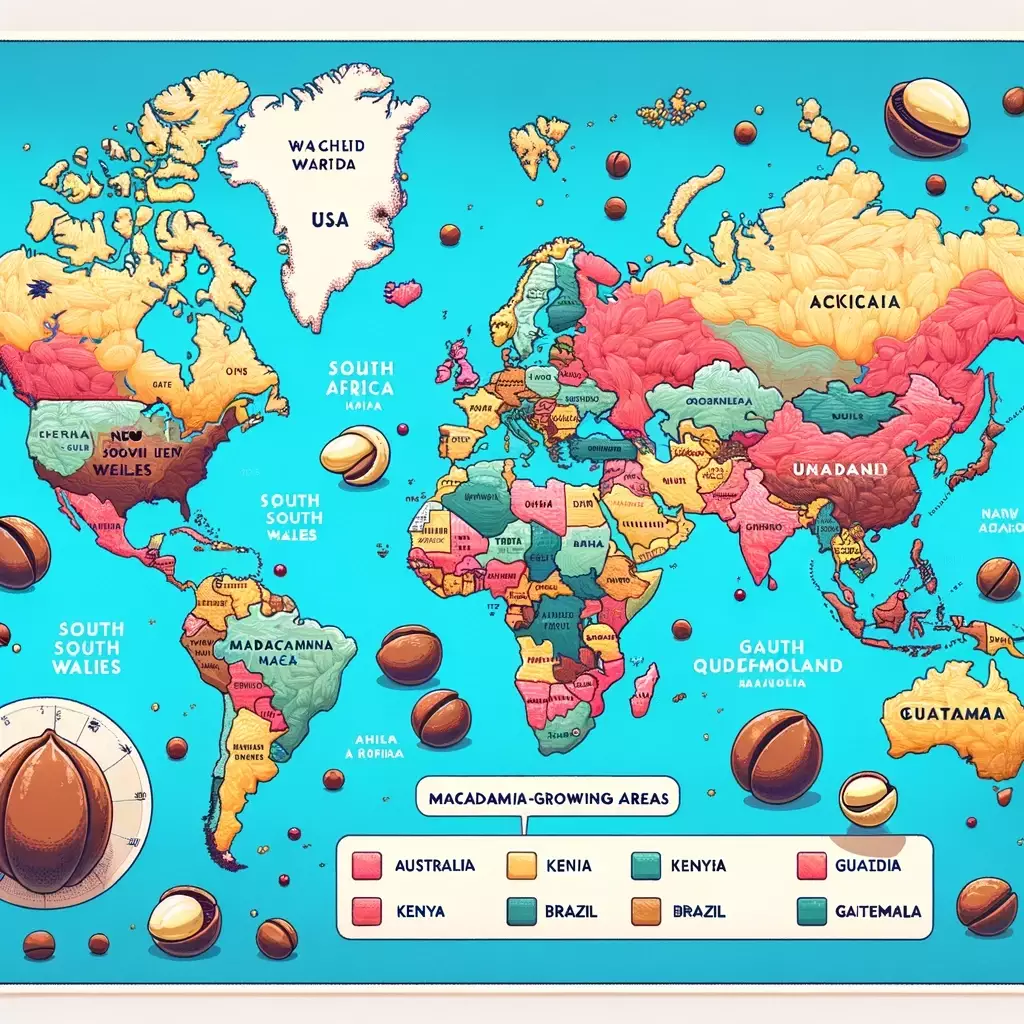
Australia
The birthplace of macadamias is Australia, specifically in the northeastern part of the country. This region provides the perfect climate for macadamias, with sufficient rainfall and warm temperatures. Efforts to cultivate macadamia trees in Victoria highlight the adaptability of these trees within diverse Australian landscapes.
As the native home, Australia boasts diverse macadamia cultivars. Regions like New South Wales and Queensland are prime locations for cultivation due to their warm, rainy climate.
South Africa
South Africa has established itself as a major producer, leading the world in macadamia production since the 2010s. A favorable climate coupled with investment in macadamia farming has allowed the country to flourish in the global market.
Emerging as a leading producer, South Africa's macadamia industry thrives in areas like Limpopo and Mpumalanga. The subtropical climate here is conducive to large-scale cultivation.
Hawaii
Hawaii is iconic for its macadamia nut production. It was the first place outside of Australia where the nuts were grown commercially after the introduction of Australian seeds in the 1880s. Today, with its sunny climate and rich volcanic soil, Hawaii remains an important producer.
Hawaii's introduction of macadamia nuts in the 20th century marked a significant milestone in commercial cultivation. The islands' volcanic soil and favorable climate contribute to the high quality of Hawaiian macadamias.
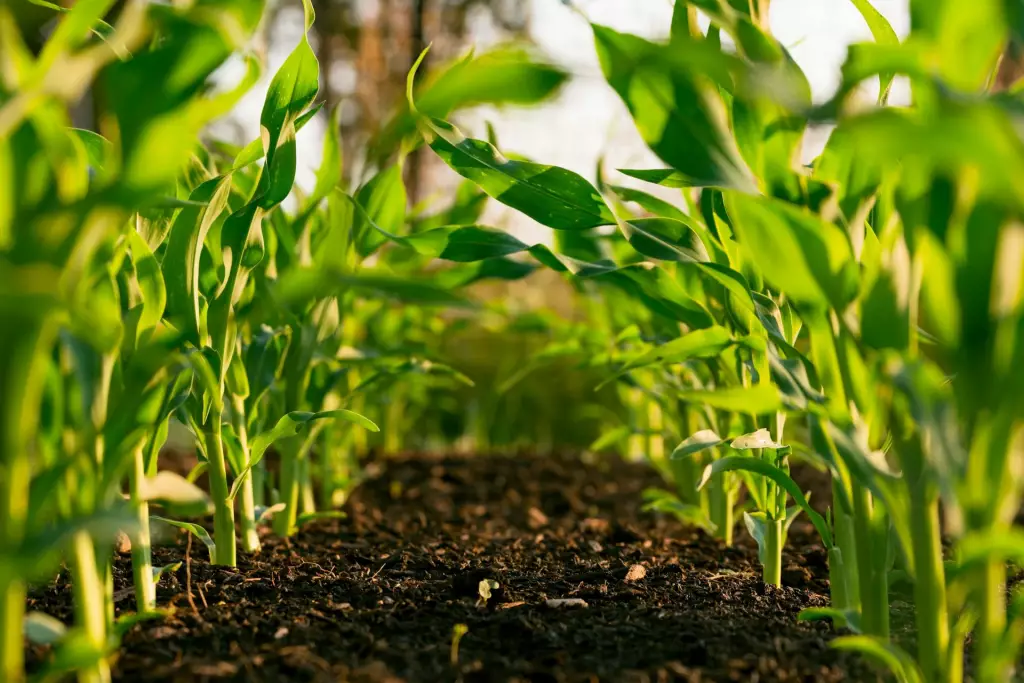
Kenya
Kenya's agricultural sector has embraced macadamia nuts, making it one of the leading producers in Africa. The highlands of Kenya offer ideal conditions with adequate rainfall and fertile soils, supporting the growth of macadamia farming.
Kenya's macadamia production is rising, with optimal growing conditions in regions like the Kenyan Highlands. The country’s focus on quality has made it a notable player in the global market.
Latin America
In Latin America, countries like Brazil are starting to gain momentum in macadamia production. The tropical climates and altitude in certain areas are suitable for macadamia growth, contributing to the expanding global reach of these luxurious nuts.
Countries like Guatemala have joined the league of macadamia producers. Their tropical climates and strategic agricultural practices contribute significantly to global supply.
Macadamia Nut Tree Growing Zones
Macadamia nut trees thrive particularly well in USDA Hardiness Zones 9 to 11. These zones are characterized by mild to warm climates, which are ideal for macadamia cultivation.
| Hardiness Zones | Why It's Ideal for Macadamia Cultivation |
|---|---|
| USDA Zone 9 | Experiences minimum average temperatures of -7°C to -1°C (20°F to 30°F); May require protection from occasional frost; Northern Florida and parts of California |
| USDA Zone 10 | Minimum temperatures of -1°C to 4°C (30°F to 40°F); Risk of frost is lower; Southern Florida, parts of Arizona, Texas, and California |
| USDA Zone 11 | Temperatures rarely drop below 4°C (40°F); Consistently warm climate; Parts of Hawaii and the southernmost regions of Florida and California |
Macadamia nut origins and history
The trees once thrived in the area around a mountain in modern-day Queensland, nurtured by Australia’s rich soil and warm climate.
First commercially produced on a large scale in Hawaii in the 1880s, these nuts owe their widespread propagation to Australian seeds introduced there. For many years, Hawaii was the world’s largest producer, until South Africa took over as the leading producer in the 2010s.
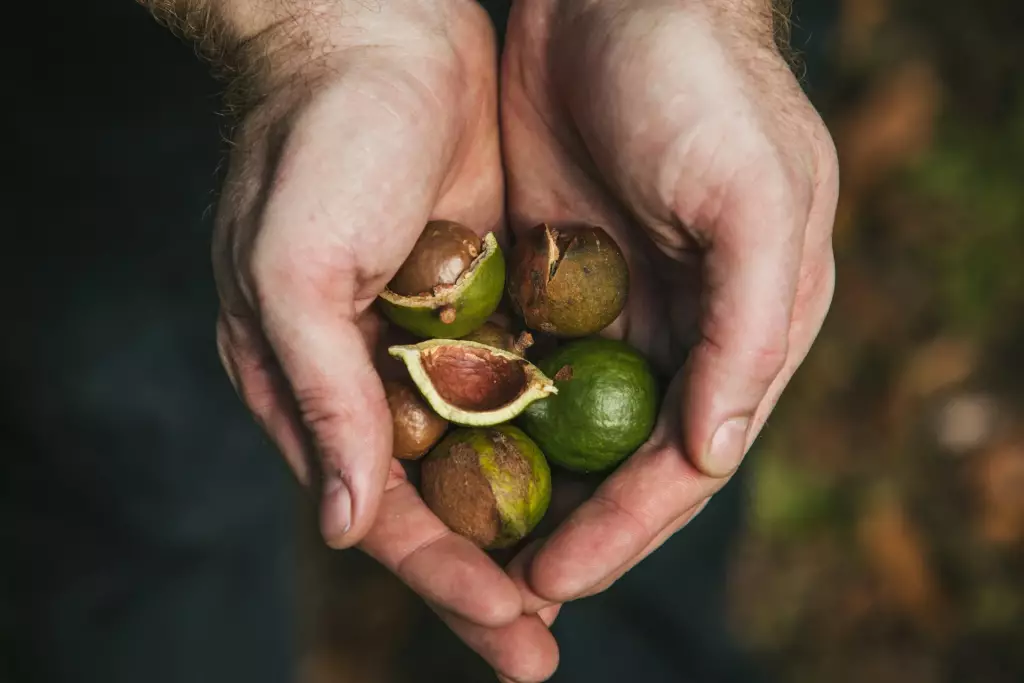
Commercial growing areas
From its Australian roots, the cultivation of macadamia nuts has spread across the globe. The nuts are now commercially grown in various regions that can replicate the macadamias' desired climate. Significant producers include African nations, with Kenya being the fourth largest global producer, as well as countries in Latin America and Asia.
In the United States, you'll find macadamia trees in parts of Florida and California. For a visual understanding, you can examine a map showing the spread of commercial orchards, especially the comprehensive plotting of orchards across Australia.
Biology of Macadamia Trees
Key aspects include their botanical characteristics and specific growth requirements that must be met for healthy development.
Botanical profile
Macadamia trees are part of the Proteaceae family and are valued for their delicious nuts. These evergreen trees can reach heights of 2–12 meters. Their leaves, usually arranged in whorls, vary in size and may have spiny-serrated or smooth margins.
The flowers of macadamia trees are typically small and creamy white, and they blossom in long spikes. Each tree bears fruit that contains a hard-shelled nut, which is the edible macadamia nut.
Growth requirements
Macadamia trees thrive in mild, frost-free climates, with sufficient rainfall and high humidity. Protecting young macadamia trees from frost is essential, as they are sensitive to cold temperatures. Additionally, ensuring your trees are planted in well-drained, rich soil is a key factor for their success.
Macadamias prefer consistent warmth and do best in regions that avoid extremes. The ideal climate for macadamia trees is one that emulates their natural habitat, which includes consistent rainfall throughout the year and high moisture levels.
While mature trees may cope with some frosts, young saplings require protection. Implementing measures to shield macadamia trees from frost helps to ensure they can grow uninterrupted by colder weather.
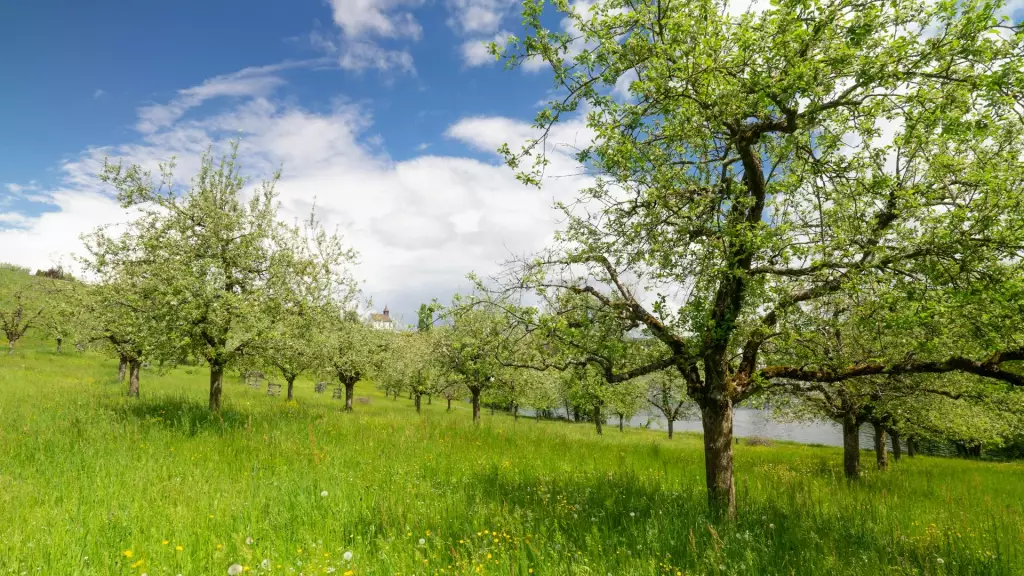
The cultivation process
When you're ready to plant your macadamia nut tree, it's essential to choose an appropriate site that mimics its native conditions. Planting in well-draining soil with a pH of 5.5-6.5 is crucial for the tree's health. It's important to test the soil's acidity beforehand, as it may require amendments to reach the optimal pH level.
Typically, these trees thrive in warmer climates without frost, and it's essential to provide enough space for the tree's canopy to spread.
Challenges and sustainability
As with any agricultural endeavor, macadamia nut cultivation faces challenges such as climate change, pests, and diseases. Sustainable farming practices are crucial for the long-term health of this industry. Efforts include water conservation, organic farming methods, and integrated pest management.
